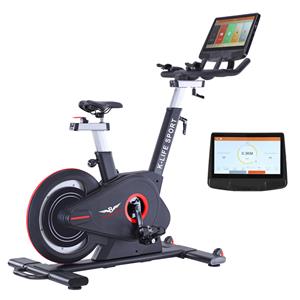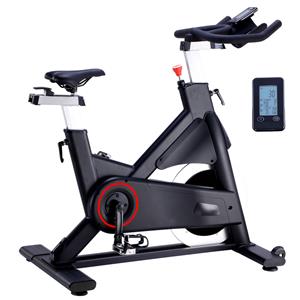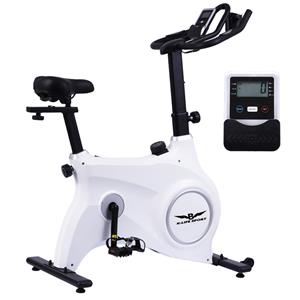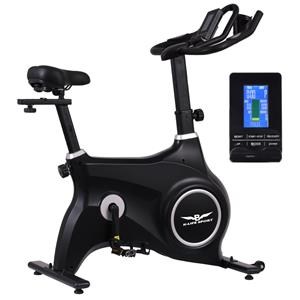How does an air bike work?
An air bike, also known as an air resistance bike or fan bike, works by utilizing a large fan or flywheel to create resistance as you pedal. Here's how it works:
1. Pedaling Motion: When you start pedaling on an air bike, the motion of your legs turns the pedals, which are connected to a crank mechanism.
2. Fan/Flywheel: As the pedals rotate, they drive a large fan or flywheel located at the front of the bike. The fan consists of blades or vanes that spin as you pedal.
3. Air Resistance: The spinning fan creates resistance by pushing against the air. The faster you pedal or the harder you exert force, the more resistance the fan generates. This means the resistance on an air bike is determined by your effort level.
4. Cooling Effect: The spinning fan also creates a cooling effect by generating a breeze as you pedal. This can help keep you cool during intense workouts.
5. Full-Body Engagement: Air bikes often feature moving handlebars that are synchronized with the pedals. As you pedal, the handlebars move back and forth, allowing you to engage your upper body as well. This provides a full-body workout that targets both the lower and upper body muscle groups.
6. Self-Regulated Resistance: One of the unique aspects of air bikes is that the resistance is self-regulated. The harder and faster you pedal, the greater the resistance becomes. This makes it suitable for high-intensity workouts and interval training, as you can instantly adjust the intensity based on your effort.
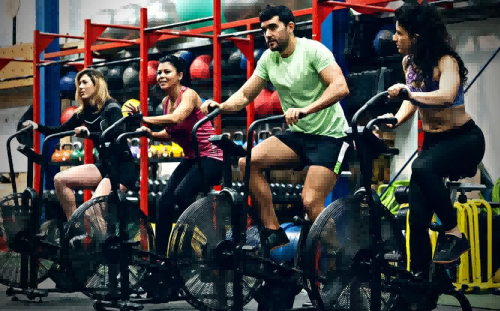
The self-regulating resistance, full-body engagement, and versatility make air bikes popular for intense cardio workouts, calorie burning, and interval training. They offer an efficient way to challenge your cardiovascular system and engage multiple muscle groups simultaneously.

